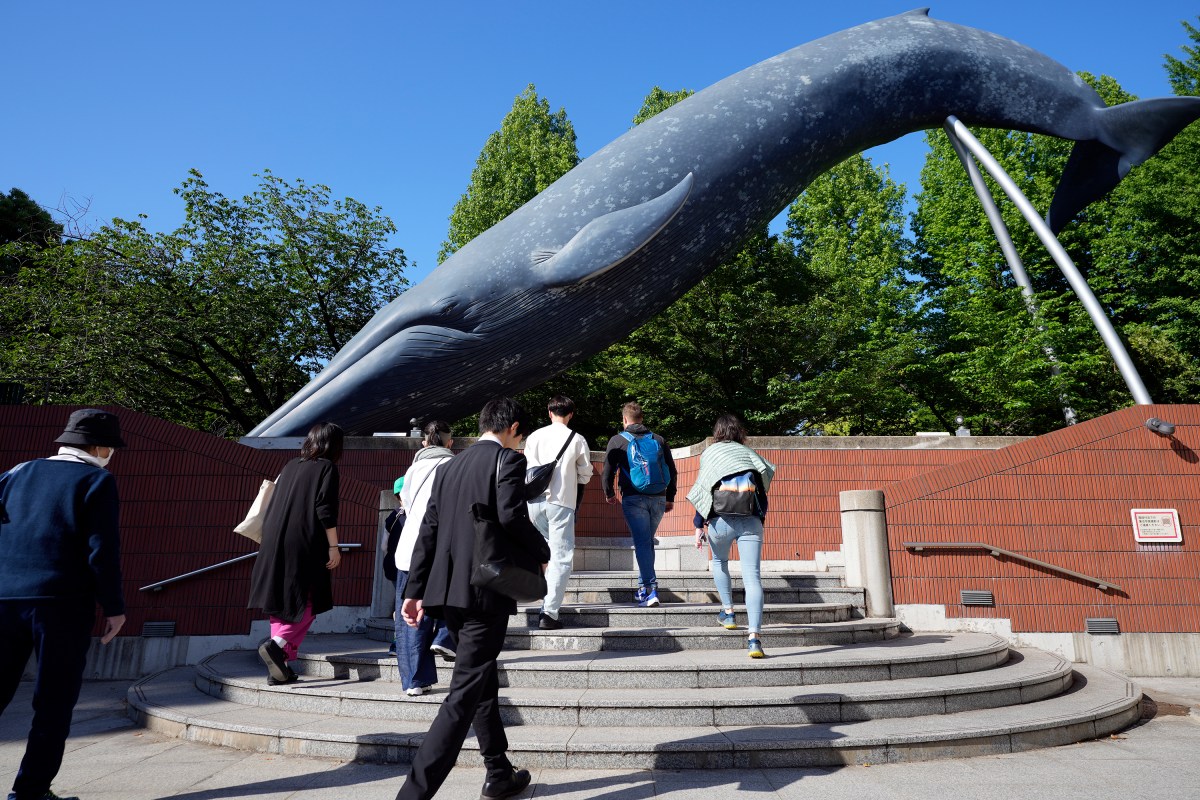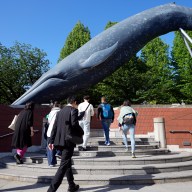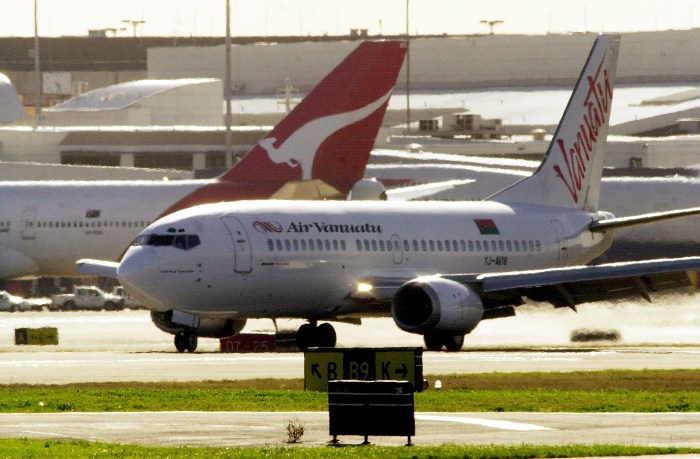TOKYO (AP) — Japan’s Fisheries Agency on Thursday proposed a plan to allow catching fin whales in addition to three smaller whale species currently permitted under the country’s commercial whaling around its coasts.
The proposal comes five years after Japan resumed commercial whaling within its exclusive economic zone after withdrawing from the International Whaling Commission in July 2019. It ended 30 years of what Japan called “research whaling” that had been criticized by conservationists as a cover for commercial hunts banned by the IWC in 1988.
Chief Cabinet Secretary Yoshimasa Hayashi, whose electoral district is traditionally known for whaling, said his government supports sustainable use of whales as part of Japan’s traditional food culture and plans to promote the industry.
“Whales are important food resources and we believe they should be sustainably utilized just like any other marine resources, based on scientific evidence,” Hayashi told reporters. “It is also important to inherit Japan’s traditional food culture.”
The Fisheries Agency said Thursday it has started seeking public comment on the proposed revision to its marine resource control plan. The public comment process ends on June 5, and the agency hopes to get the plan approved at its next review meeting in mid-June, officials said.
The agency decided to propose adding fin whales to the allowable catch list after stock survey results confirmed a sufficient recovery of the fin whale population in the North Pacific, officials said.
The plan is not meant to increase whale meat supply and whalers who catch fin whales do not necessarily have to meet a quota, an agency official said on condition of anonymity because of the sensitivity of the issue.
For this year, the agency has set a combined catch quota of 379 for the three other whale species.
The commercial whaling industry within the Japanese EEZ last year caught 294 minke, Bryde’s and sei whales, less than 80% of the quota and fewer than the number it once hunted in the Antarctic and the northwestern Pacific under the research program.
Japan’s whaling has long been a source of controversy and attacks from conservationists, but anti-whaling protests have largely subsided since Japan terminated its much-criticized Antarctic research hunts in 2019 and returned to commercial whaling limited to Japanese coasts. Japan’s whale research beyond its EEZ is limited to non-lethal surveys.
Whale meat consumption in Japan was an affordable source of protein during Japan’s malnourished years after World War II, with annual consumption peaking at more than 230,000 tons in the early 1960s. Whale was quickly replaced by other meats and supply has since fallen to around 2,000 tons in recent years, Fisheries Agency statistics show.
Whaling officials want to increase that to about 5,000 tons to keep the industry afloat as it started promoting whale meat consumption. A whaling operator Kyodo Senpaku Co. last year launched whale meat vending machines. The company also completed construction of its new 7.5 billion yen ($48 million) Kangei Maru, its 9,300-ton mother ship, as the operator pledges to use it for sustainable commercial whaling.



















